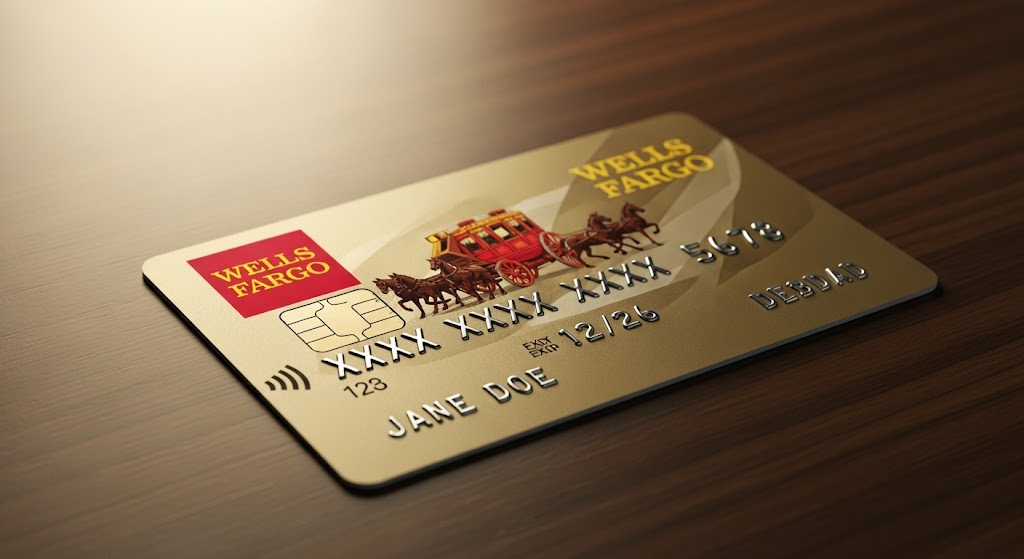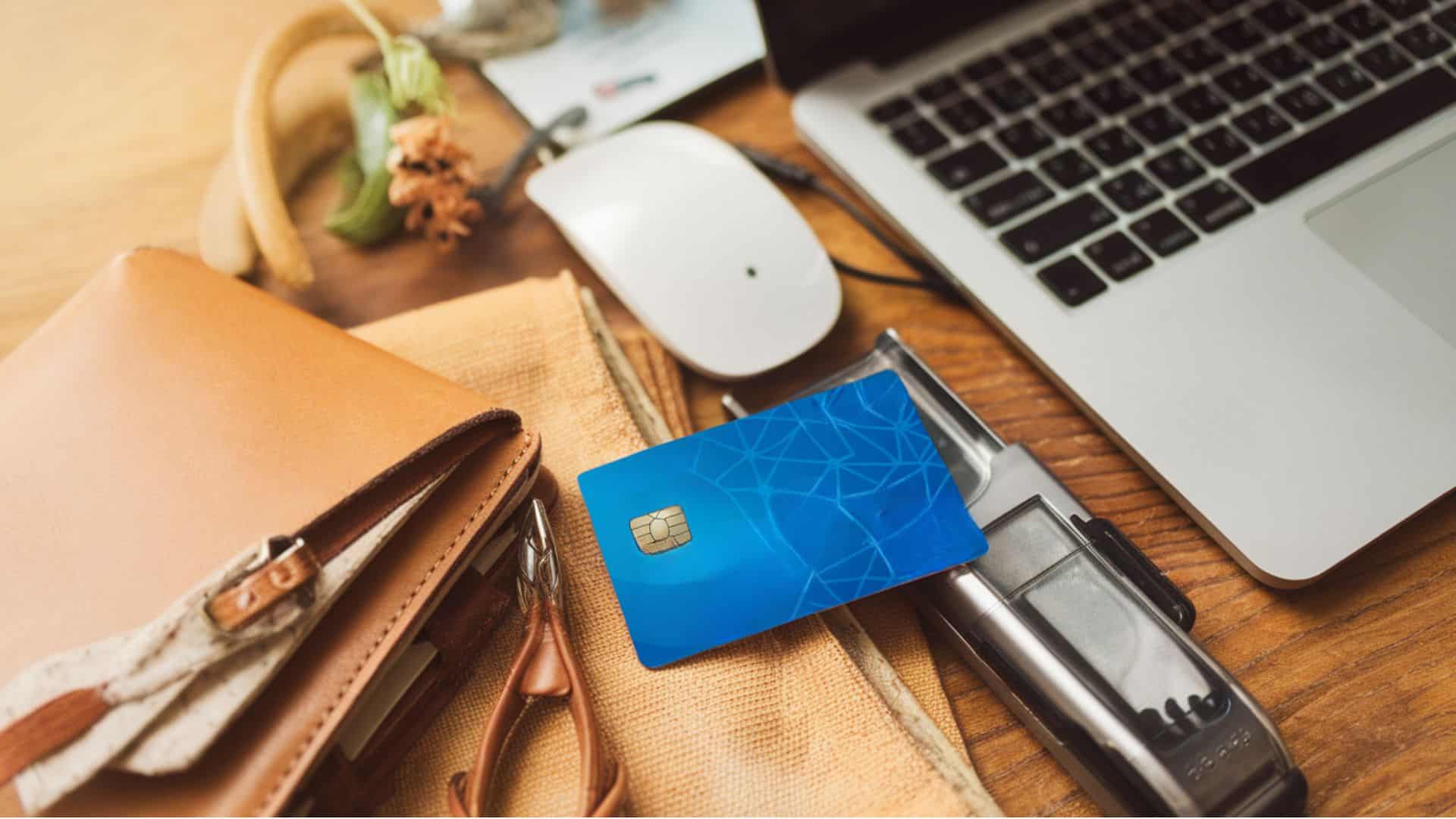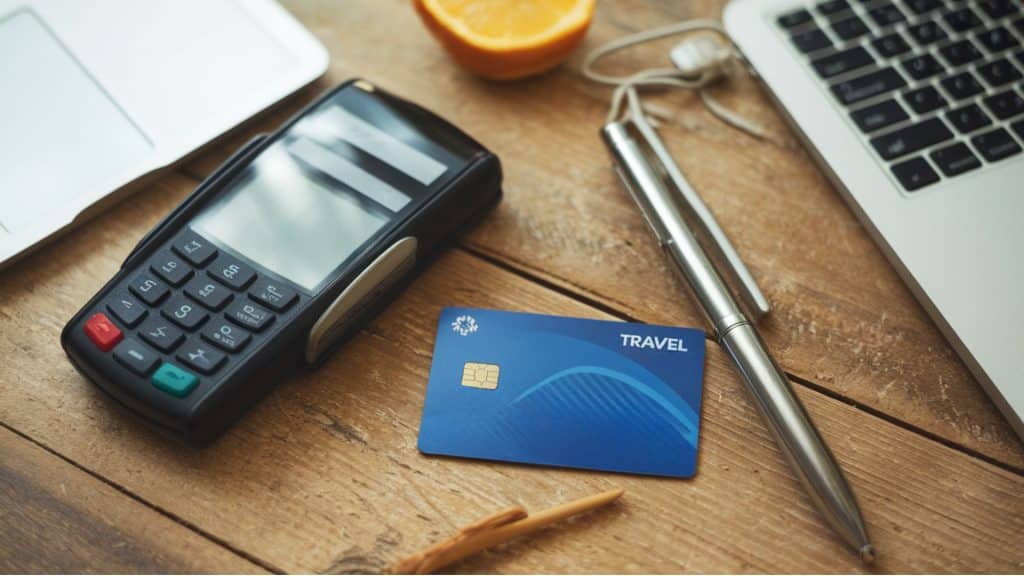Traveling abroad should be about making memories, not worrying about expensive banking fees.
Every time you use a regular debit card internationally, banks charge hefty foreign transaction fees that can add up to hundreds of dollars per trip. These hidden costs eat into your travel budget without providing any real value.
Smart travelers have found a better solution. Travel debit cards eliminate most international banking fees while offering competitive exchange rates and global ATM access.
These specialized cards connect directly to your bank account but work differently than traditional debit cards when used overseas.
This guide reveals everything you need to know about travel debit cards. You’ll learn what they are, how to get one, which providers offer the best deals, and how they compare to other travel payment options.
Start saving money on your next international trip today.
What Is a Travel Debit Card?
A travel debit card is a specialized banking card designed for international use. Unlike regular debit cards, these cards offer lower foreign transaction fees and better exchange rates when you spend abroad.
Travel debit cards connect directly to your bank account. You can withdraw cash from ATMs worldwide and make purchases in local currencies. Most cards automatically convert currencies at competitive rates.
Key features include:
- No or low foreign transaction fees
- Global ATM access
- Real-time spending notifications
- Enhanced security features
- Multi-currency support
Can I Use My Wells Fargo Debit Card Internationally?

Yes, Wells Fargo debit cards work internationally, but with limitations. You’ll face foreign transaction fees (typically 3%) and ATM withdrawal charges abroad. Wells Fargo requires travel notifications before international trips to prevent card blocks.
While functional overseas, regular Wells Fargo debit cards are more expensive than dedicated travel cards for frequent international use.
Popular specialized providers include Revolut, Wise, and traditional banks offering travel-specific accounts. These cards help travelers avoid expensive currency exchange fees and provide convenient access to funds while exploring different countries.
Travel debit cards are essential tools for budget-conscious travelers seeking cost-effective international spending solutions.
Now that you understand what travel debit cards are and how they compare to other options, let’s walk through the process of getting one for your next trip.
Step-by-Step Guide: How to Get a Travel Debit Card

Getting a travel debit card is straightforward and typically takes 1-2 weeks. Follow these simple steps to secure your card before your next international trip.
Step 1: Research Providers
Compare travel debit card options from online banks like Revolut, Wise, or traditional banks offering international accounts. Check fees, exchange rates, and ATM partnerships. Read customer reviews and feature comparisons online.
Step 2: Check Requirements
Ensure you meet the basic eligibility requirements: 18+ years old, a valid government ID, proof of address, a Social Security number, and an initial deposit amount. Some providers accept younger applicants with parental consent.
Step 3: Gather Documents
Collect required paperwork: driver’s license or passport, recent utility bill or bank statement for address verification, Social Security card, and funding method for initial deposit.
Step 4: Submit Application
Complete the online application form or visit a branch location. Provide personal information, upload required documents, and choose your account type and features during the application process.
Step 5: Fund Your Account
Make the initial deposit using a bank transfer, an existing debit card, or a cash deposit. Most providers require $25-100. Some offer instant funding, while others take 1-3 business days.
Step 6: Wait for Card Delivery
Your physical card ships within 7-10 business days. Track shipping through email notifications. Many providers offer instant virtual cards for immediate online purchases while waiting for delivery.
Step 7: Activate and Set Up
Call the activation number on your card sticker. Set your PIN, download the mobile app, link accounts, and enable travel notifications for international use.
Step 8: Test Before Travel
Make a small purchase and an ATM withdrawal locally to ensure everything works properly. Set up international travel alerts and familiarize yourself with the mobile app features.
Once you complete these steps, you’ll have a travel debit card ready for international use. Remember to notify your bank about travel dates and keep backup payment methods while abroad for added security.
With so many options available, choosing the right travel card can feel overwhelming. Here are the top-rated travel cards that consistently deliver value for international travelers.
What Are the Best Travel Cards?
The right travel card can save you hundreds in fees and provide peace of mind abroad. Here are the top options that consistently deliver value for international travelers.
1. Wise (formerly TransferWise): Low foreign exchange fees, real exchange rates, supports 50+ currencies, excellent mobile app, transparent pricing structure, widely accepted globally.
2. Revolut: Free currency exchange up to limits, cryptocurrency support, budgeting tools, instant spending notifications, premium tiers available, works in 150+ countries worldwide.
3. Charles Schwab Bank: No foreign transaction fees, unlimited ATM fee rebates worldwide, high interest checking account, excellent customer service, FDIC insured, requires a brokerage account.
4. Capital One 360: No foreign transaction fees, free checking account, mobile check deposits, extensive ATM network, good exchange rates, user-friendly online banking platform.
5. Fidelity Cash Management: No foreign transaction fees, ATM fee rebates, no minimum balance requirements, competitive interest rates, excellent customer support, and investment account integration.
6. Chase Liquid: Prepaid option, spending controls, mobile alerts, reload options, budgeting features, widely accepted, good for controlled spending while traveling internationally.
Each of these cards offers unique benefits for different travel styles. Consider your spending habits, travel frequency, and preferred features when making your final choice.
Travel Money Card vs Travel Debit Card: Key Differences
Many travelers get confused between travel money cards and travel debit cards. While both work internationally, they function quite differently and suit different spending styles.
| Feature | Travel Money Card | Travel Debit Card |
|---|---|---|
| Card Type | Prepaid card | Bank account-linked card |
| Funding Method | Load money in advance | Connected to a checking account |
| Spending Limit | Only the preloaded amount | Based on the account balance |
| Currency Storage | Multiple currencies stored | Real-time currency conversion |
| Reload Options | Manual reloading needed | Automatic from the bank account |
| Interest Earning | No interest earned | May earn account interest |
| Credit Check | Not required | Not required |
| Age Requirement | 13+ with parent consent | Usually 18+ |
| Fees | Loading and transaction fees | Monthly account fees are possible |
| Security | Limited to the loaded amount | Full account access risk |
| ATM Access | Yes, from preloaded funds | Yes, from the linked account |
| Online Shopping | Yes, until funds are depleted | Yes, if the account has funds |
Understanding these differences helps you pick the right option for your travel needs. Consider your spending habits and comfort level with financial management when deciding between the two.
Conclusion
Travel debit cards offer a practical solution to expensive international banking fees that drain travel budgets.
These specialized cards provide real exchange rates, global ATM access, and enhanced security features that regular debit cards cannot match.
The application process takes one to two weeks, and most travelers easily meet the basic requirements. Top providers like Wise, Revolut, and Charles Schwab Bank have proven track records of reliable service and transparent pricing.
Understanding the differences between travel money and debit cards helps you choose the right option for your spending style.
Both eliminate costly foreign transaction fees while providing convenient access to funds abroad.
Stop paying unnecessary banking fees on international trips. Research providers today, compare their features and costs, then apply for the travel debit card that matches your plans.







